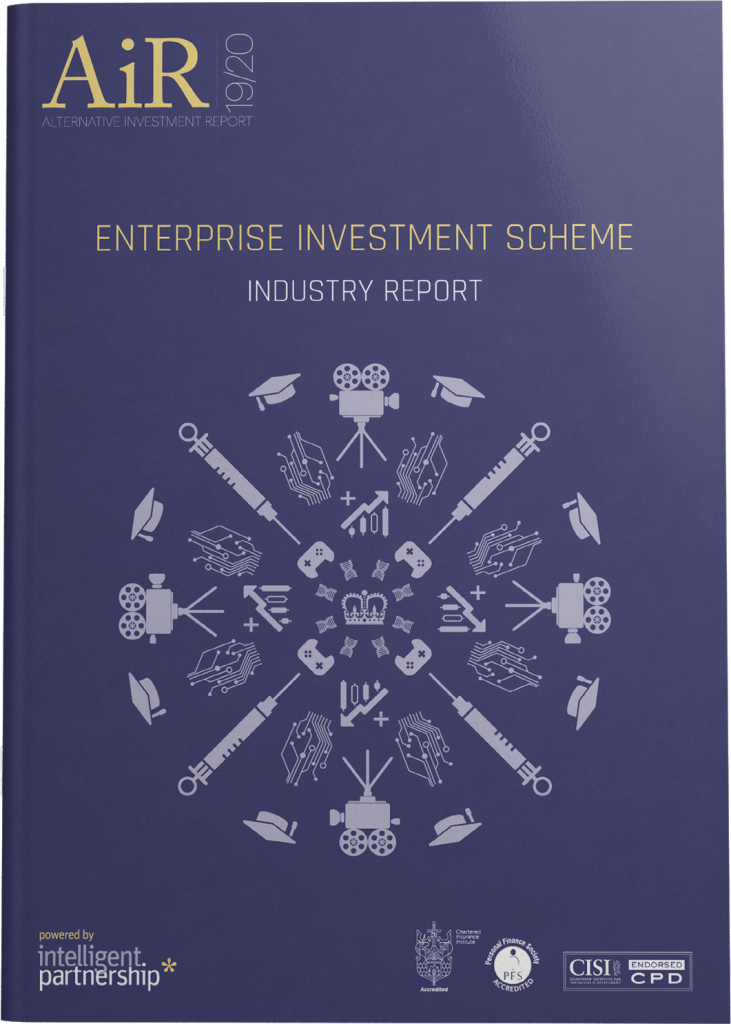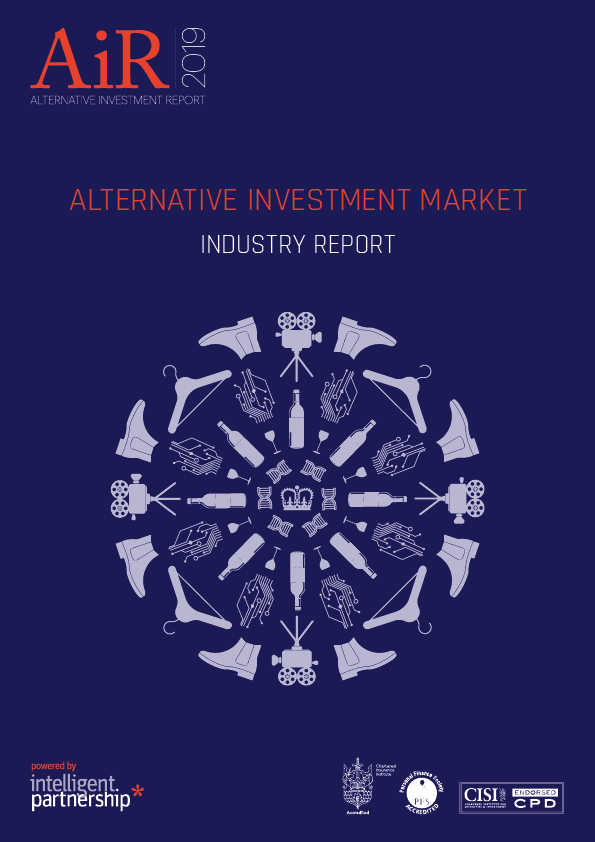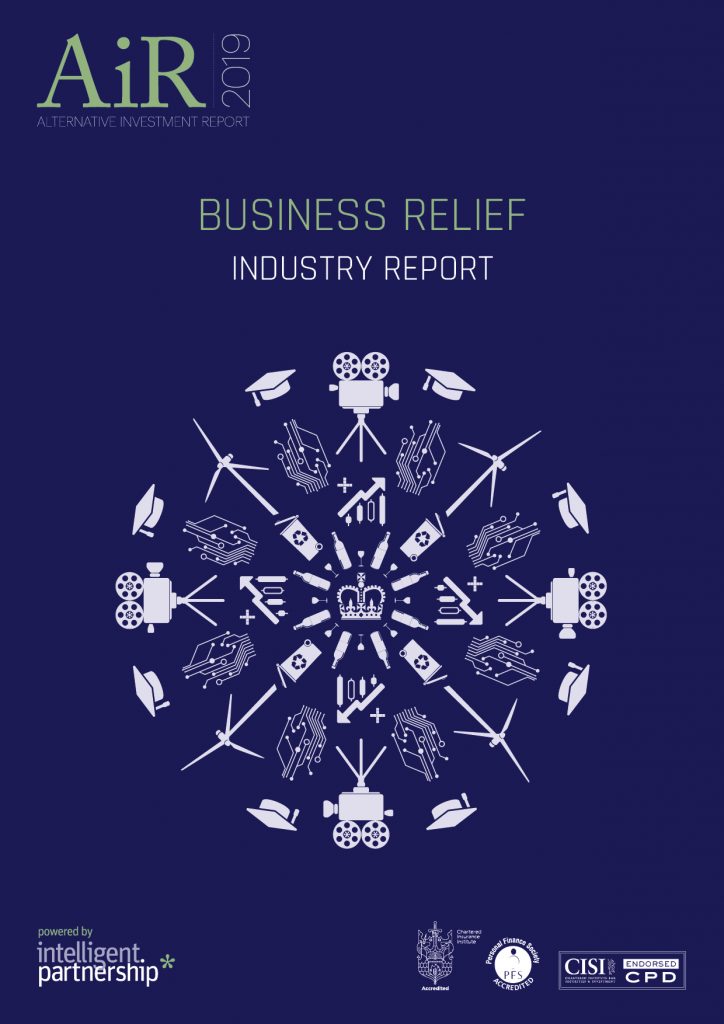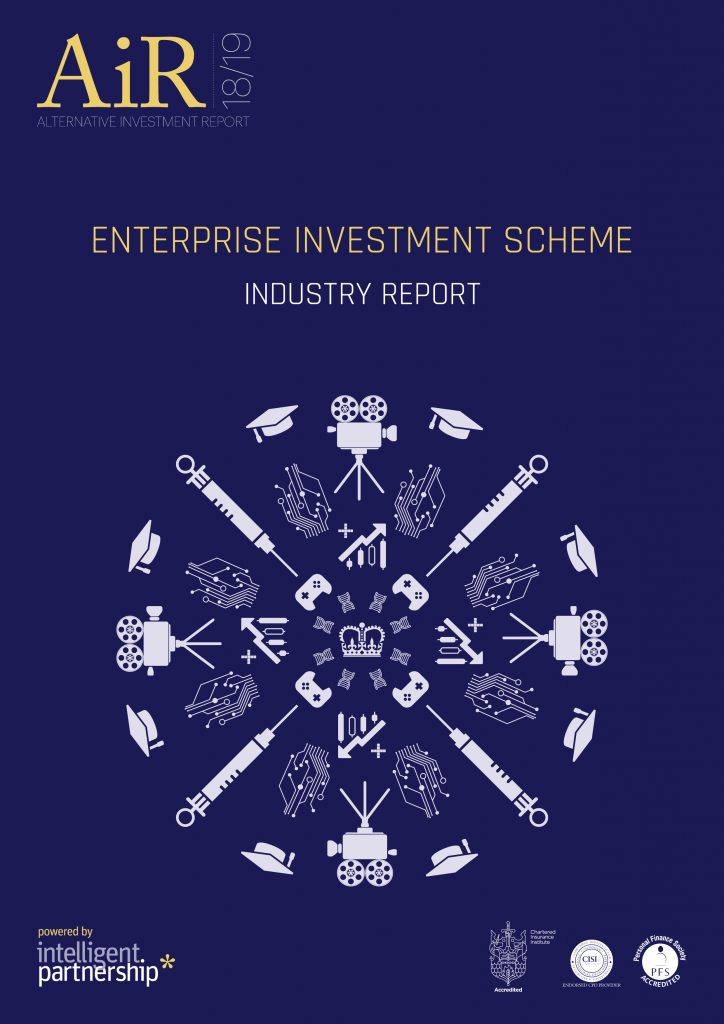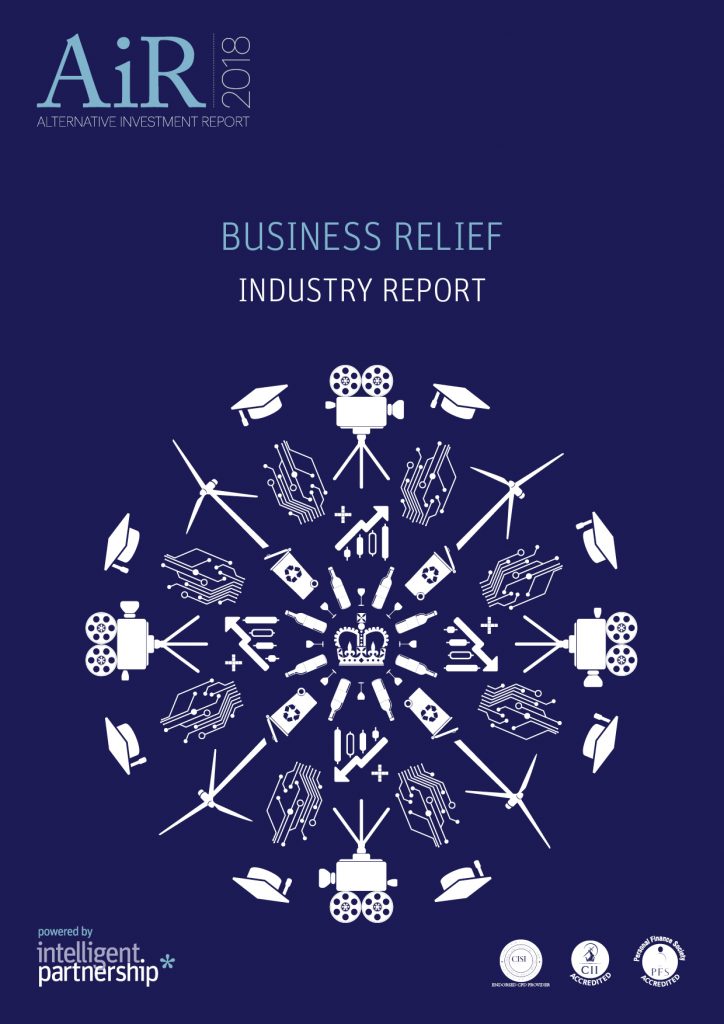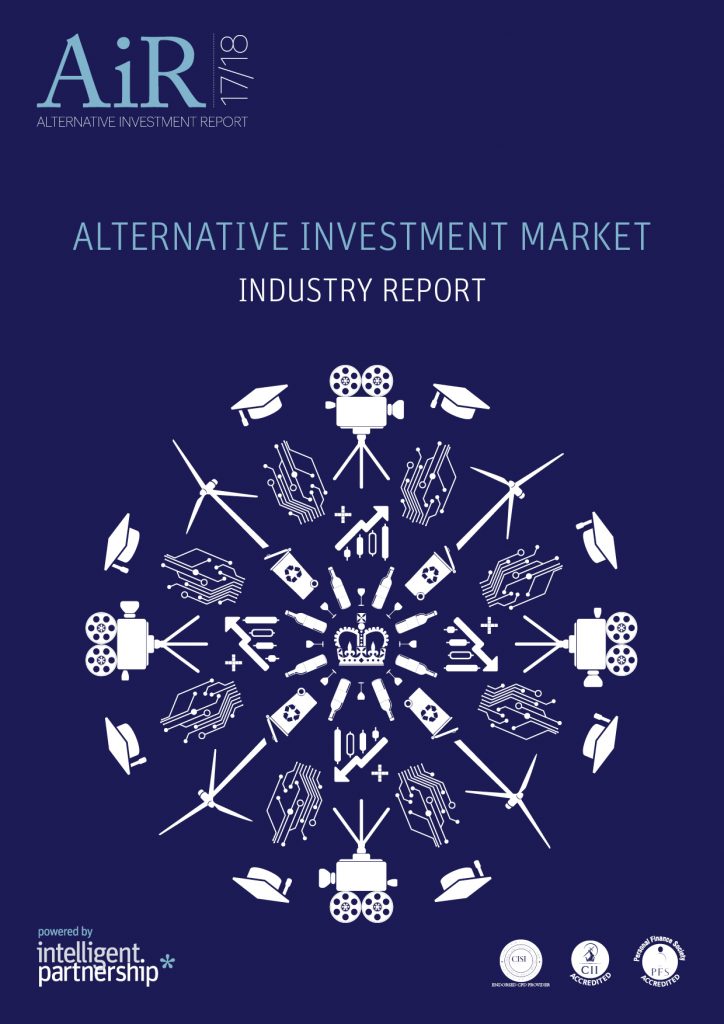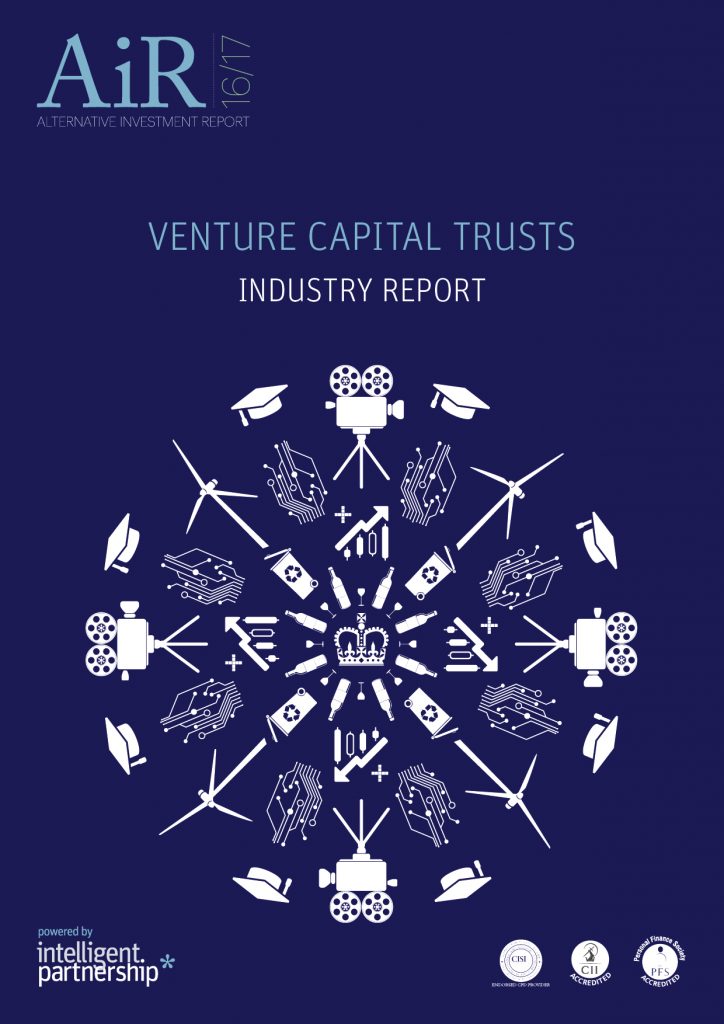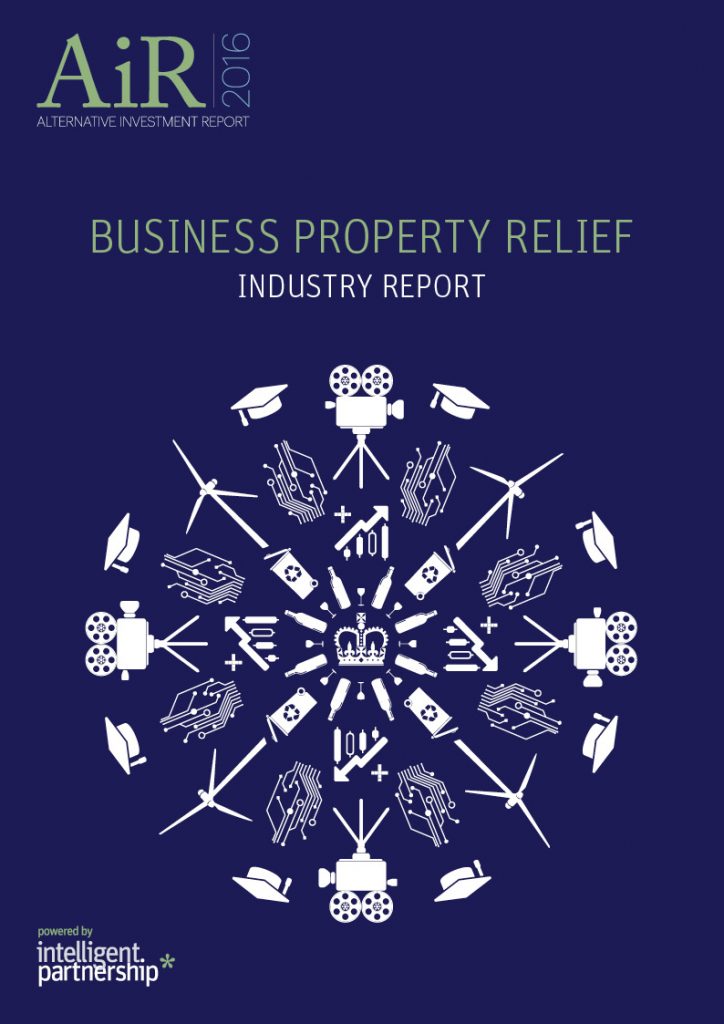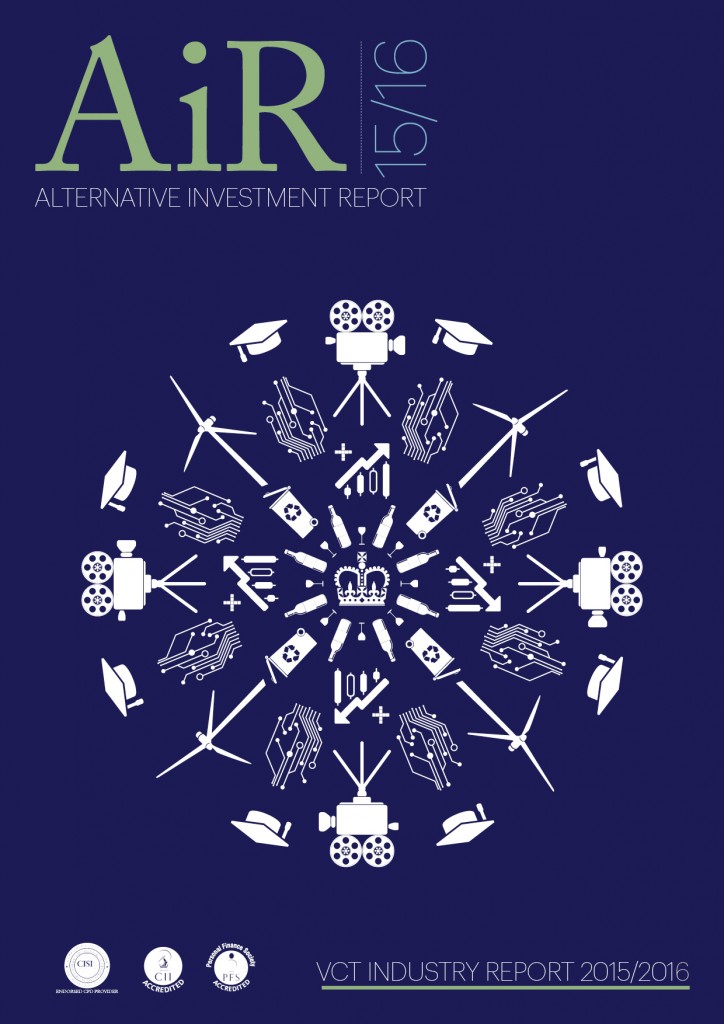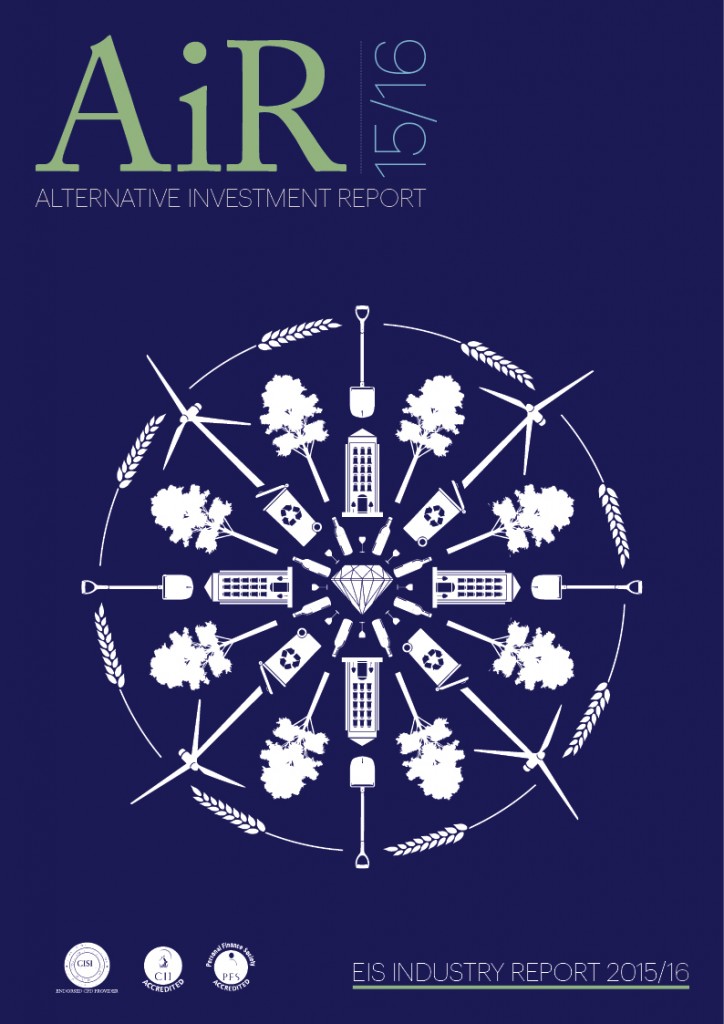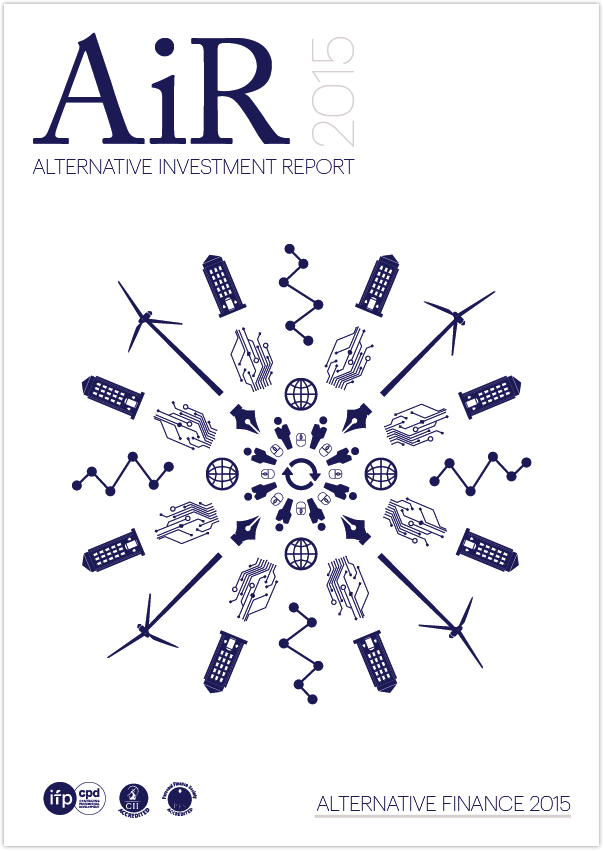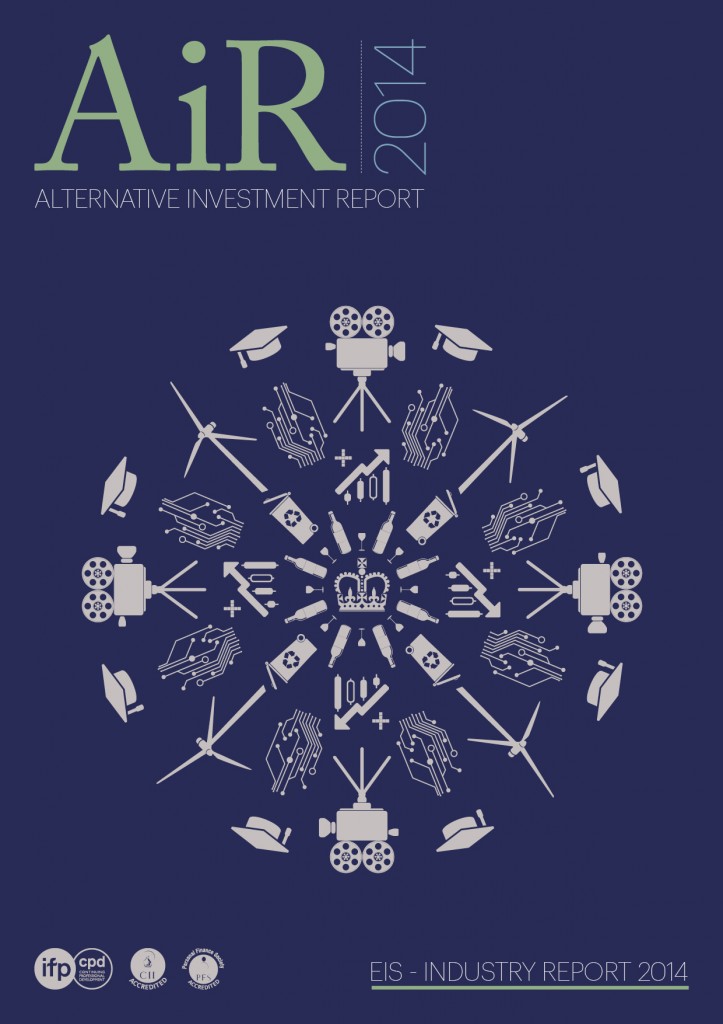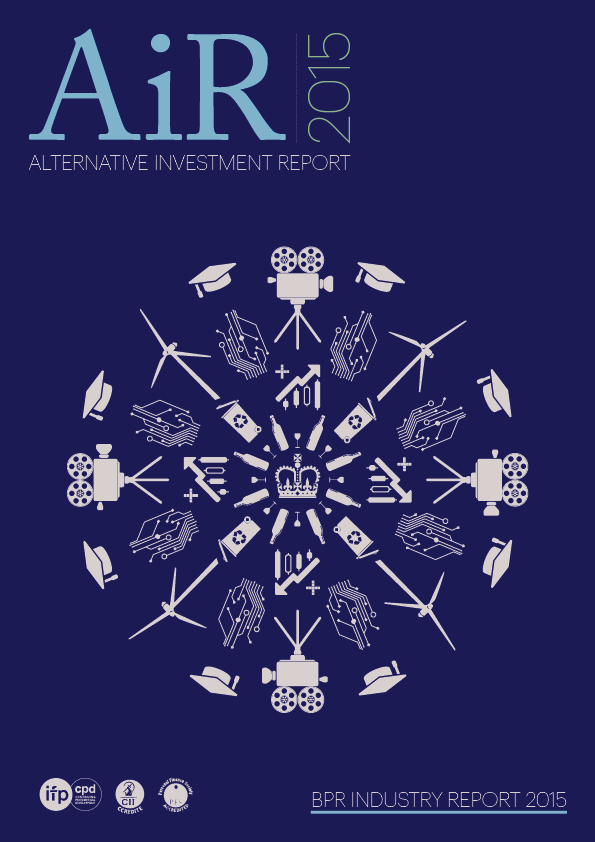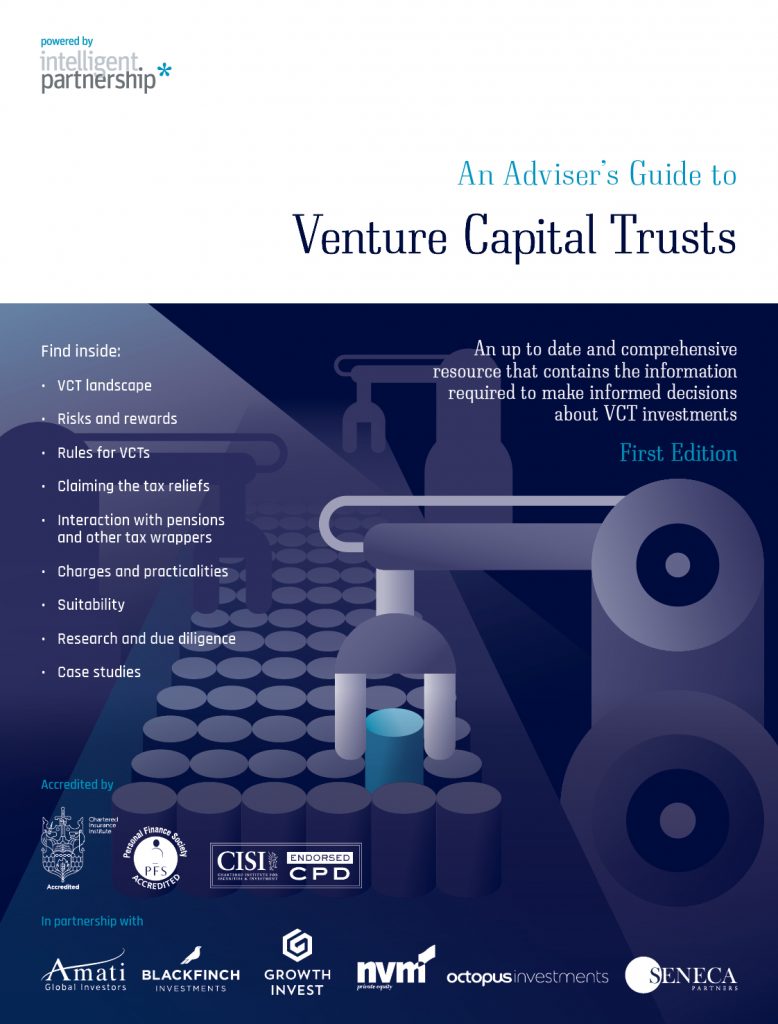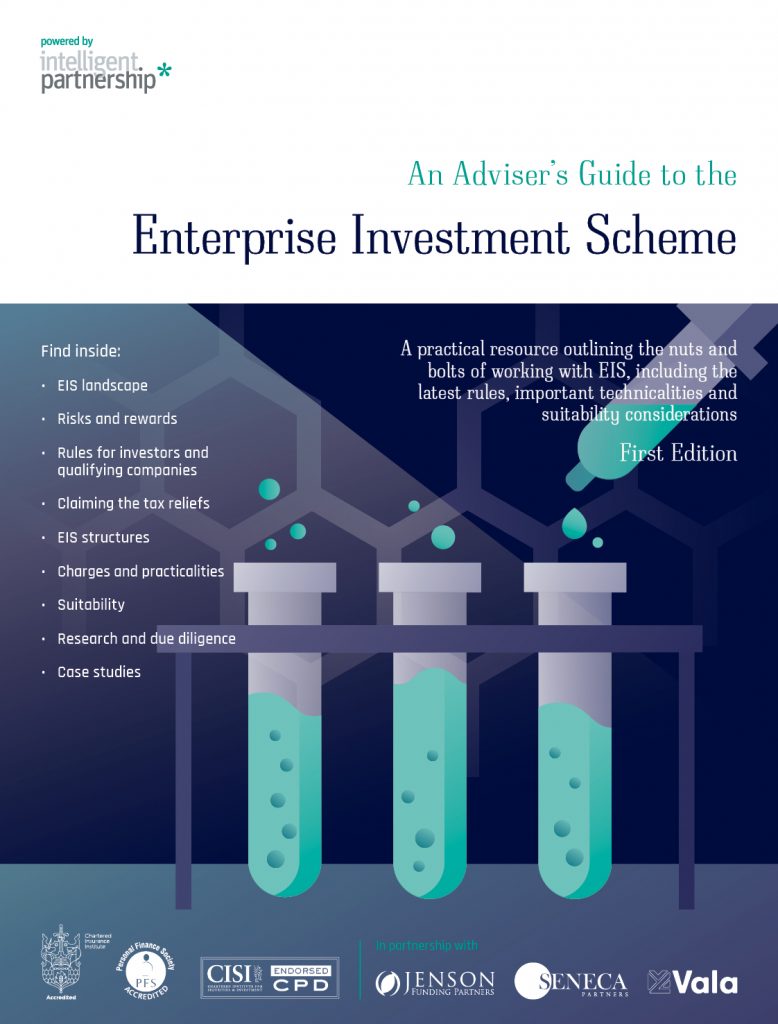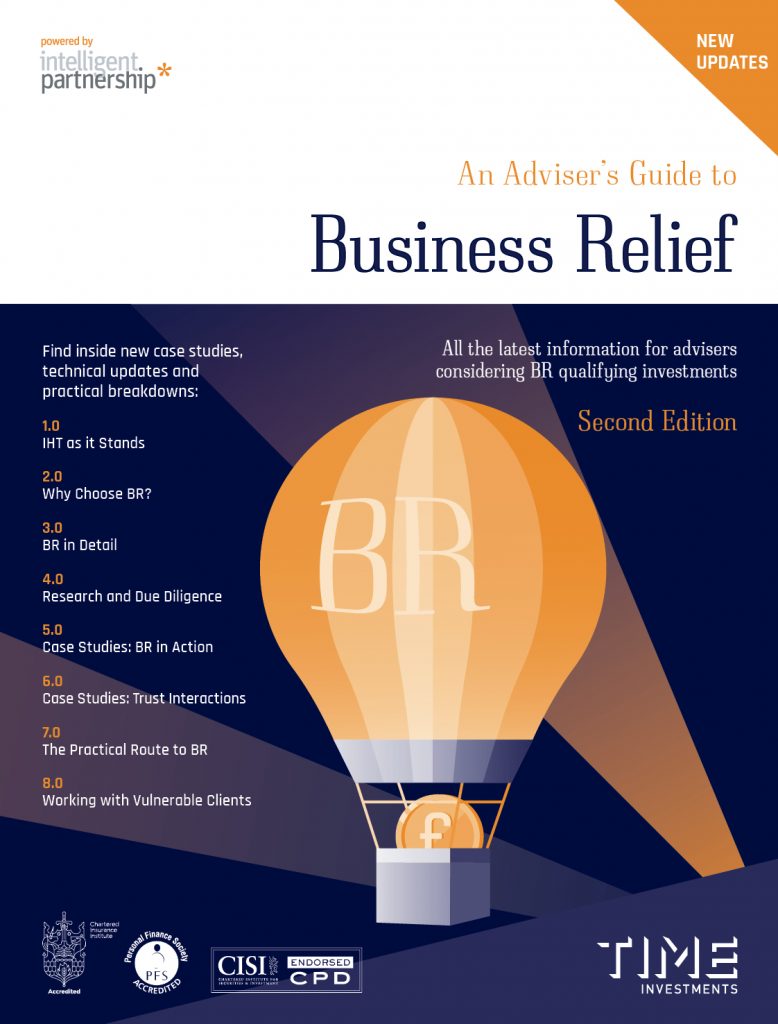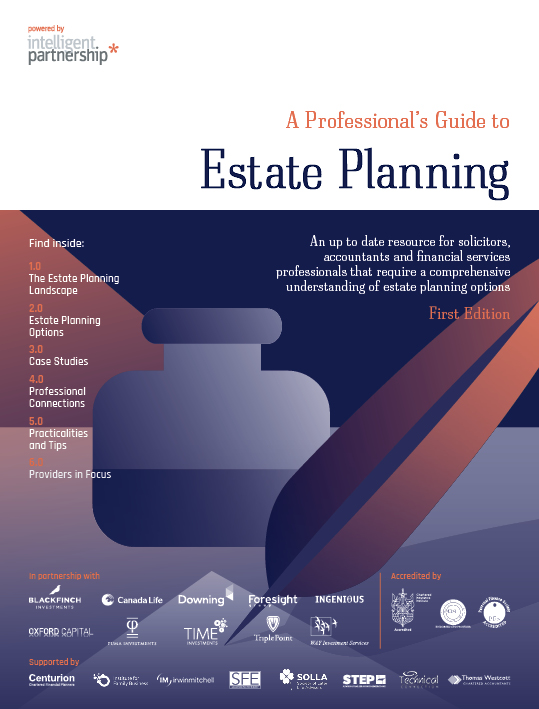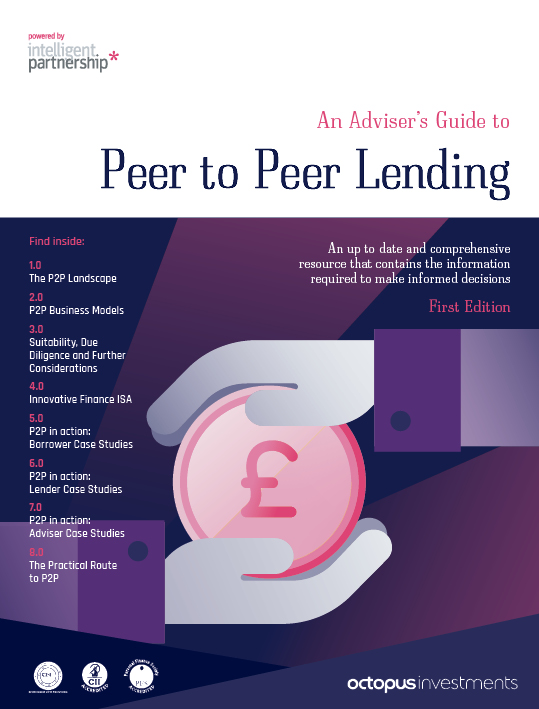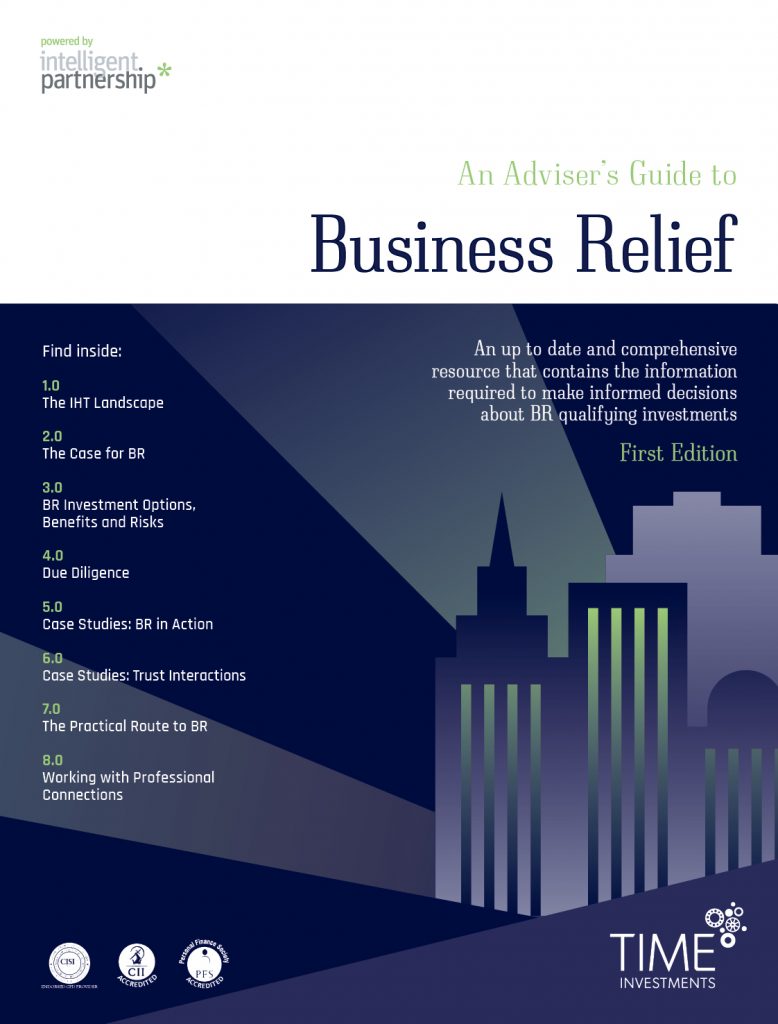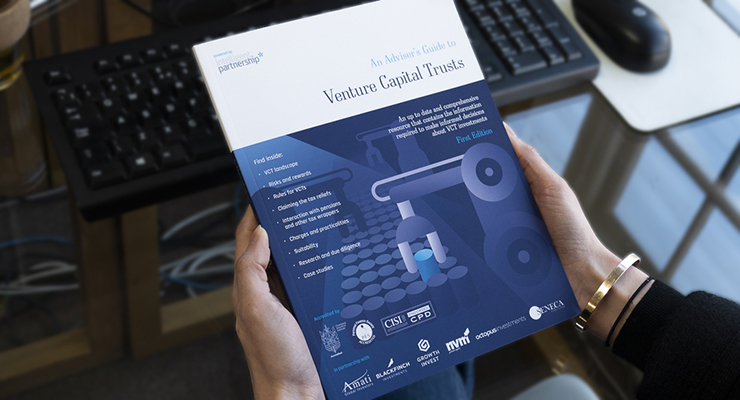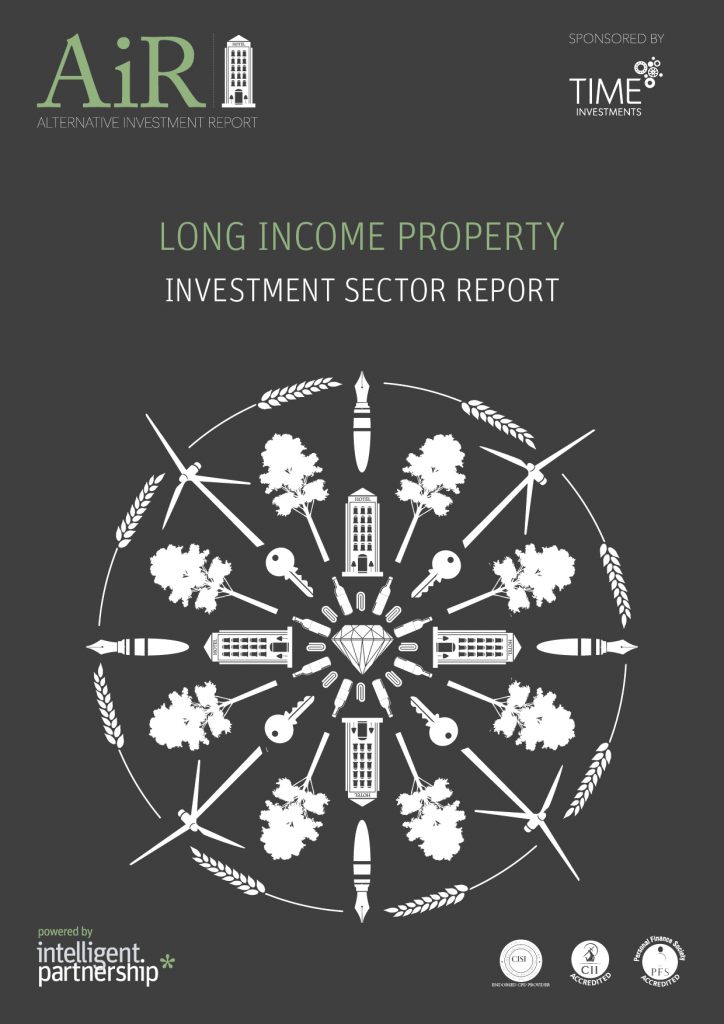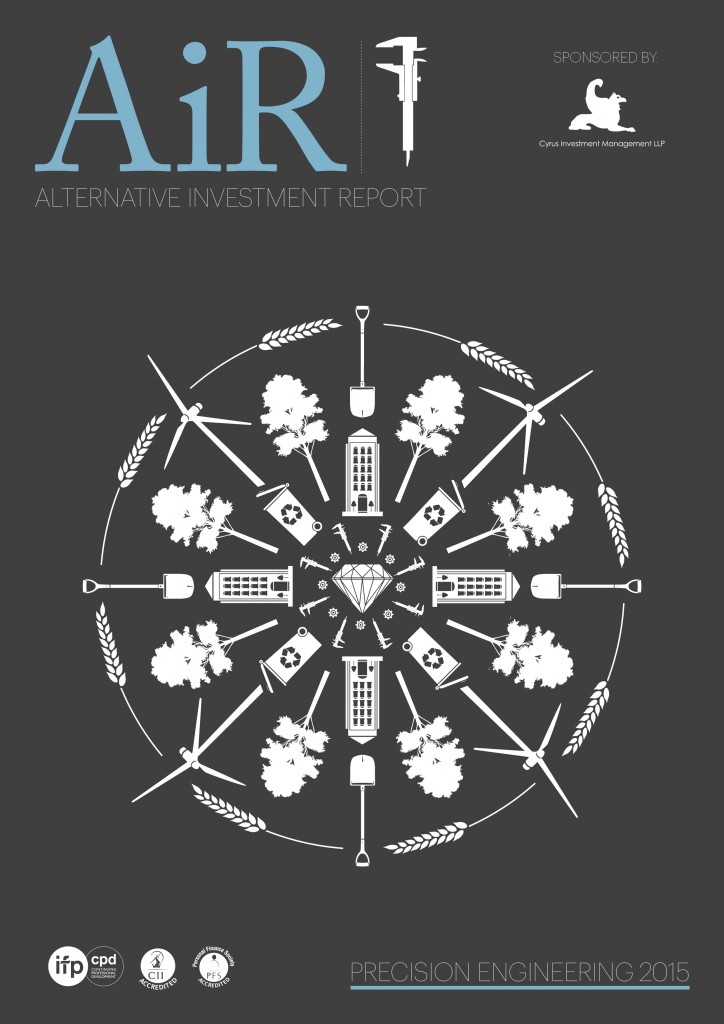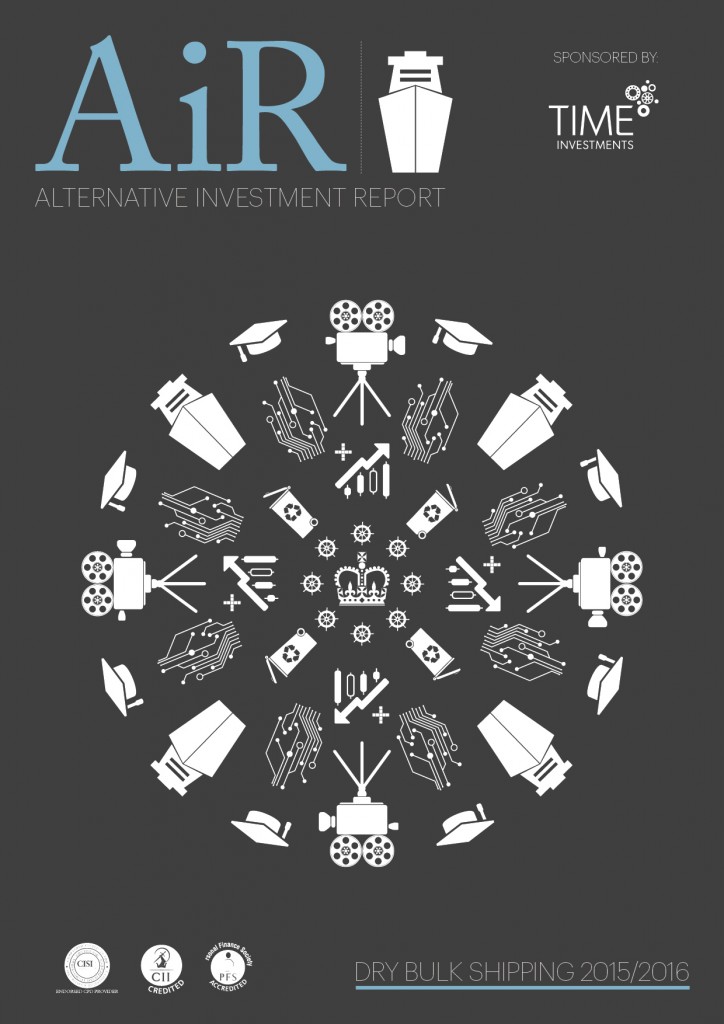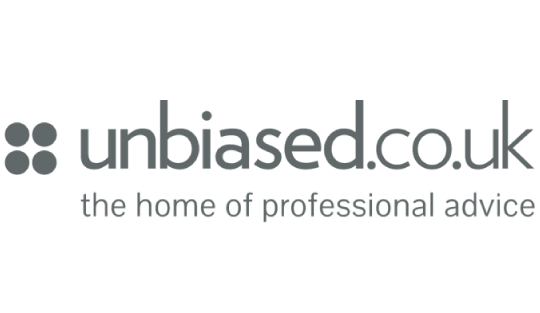Quarterly Updates
Register to get access to our Quarterly Reports & Guides
Reports
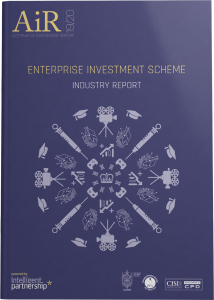
The Enterprise Investment Scheme (EIS) has gone through a number of changes in recent years but continues to prove its resilience and importance to UK small businesses. With the recent risk to capital change taking it back to its roots, there is a high degree of optimism within the market that it will continue to flourish in the coming years.
Our sixth edition of the Enterprise Investment Scheme Industry Report reflects this positivity in the market, with our adviser survey, roundtable discussion and industry debate with the managers all suggesting that the market has been changed for the better and EIS will continue to grow.
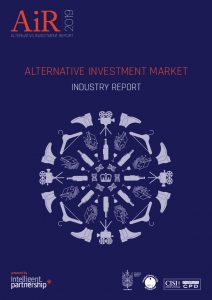
The Alternative Investment Market (AIM) has demonstrated increasing maturity over the past year – while still living up to its reputation as “the world’s leading growth market”. Despite a number of headwinds that have caused volatility, not to mention the ongoing uncertainty created by Brexit, AIM has shown resilience and the ability to bounce back from global economic turmoil to show its second largest ever market value.
This strength is clearly being welcomed by financial advisers, who have shown in our third AIM Industry Report that they still recognise the market as one with good growth potential for clients. Brexit has not dampened their willingness to recommend AIM, while for nearly three-quarters of advisers 2018’s volatility has not impacted their enthusiasm for the market.
This latest edition of our AIM Industry Report examines those advisers’ views in more detail, and takes a closer look at the underlying statistics in the market, including analysing the various tax-efficient offers available on AIM. It also gets under the hood of recent regulatory changes designed to polish AIM’s reputation.

With post-Brexit economic forecasts and an intensifying government concentration on IHT collection, it’s hard to foresee any dilution of IHT in its current format any time soon. In fact, IHT receipts are forecast to reach almost £6 billion in just three years.
Recommending an investment to mitigate IHT at a time of so much economic and political upheaval seems like a daunting task. The latest edition of our BR Industry Report suggests otherwise, with an adviser survey finding that less than 4% of advisers who recommend BR, view it as harder to recommend in the current Brexit turmoil. Almost all advisers also predicted their use of BR to increase or stay the same over the next two years, with the rest expecting it to stay the same.
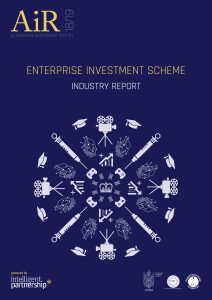
The Enterprise Investment Scheme provided nearly £1.8bn in capital to growing businesses in 2016/17, and approximately 28,000 companies have received over £18bn in funding since the launch of EIS in 1993.
The latest edition of Intelligent Partnership’s EIS Industry Report examines the landscape after the rule changes to EIS. This includes how investment managers have reacted in terms of the investee companies they are focusing on; how the appetite for EIS has changed among advisers and investors; and a deep dive into the investee companies that the government wants investors to focus on.
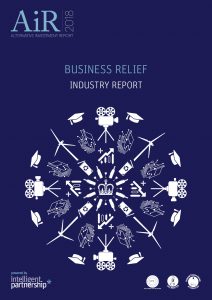
With IHT receipts approaching the £5bn mark in 2016/17, estate planning tools have become a hot topic. Business Relief (BR) is one of the lesser known estate planning solutions, but its use is on the rise. In 2014, over £2bn was claimed in BR exemptions via BR.
Our latest BR report looks at the environment that surrounds this tax efficient vehicle, including how it is providing much needed patient capital to UK businesses, the significance of BR against the backdrop of an ageing population, the significance of the AIM market in BR, as well as the latest compliance considerations that advisers should be aware of.

EIS was one of the main targets of the 2017 Autumn budget. The resultant changes, and the responses to the government’s Patient Capital Review have solidified government support for the scheme, whilst making sure that EIS is focused on investment in legitimate risk capital. Our report looks at the new environment that has been created as a result of the regulatory changes, as well as external factors that are influencing the investment risk profile and how that is likely to impact the audience for this scheme which is so vital to UK SMEs.. Advisers would be well advised to take a good look at EIS managers to reassess pivoting and relevant experience. But they should also recognise the ongoing benefits of a tax relief with HMRC’s stamp of approval in these times of increasingly aggressive tax investigations.
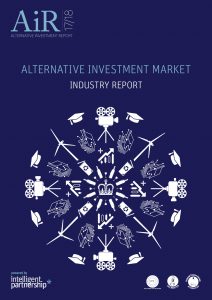
AIM is known as the world’s most successful growth market and it has been focused on delivering funding to companies looking to fund their development and pursue their growth ambitions since well before the 2015 changes to EIS and VCT, the Brexit vote, the Patient Capital Review and the 2017 Autumn budget.
Marry this with a clear alignment with the Government’s growth-focused agenda for SMEs and scale-up and a strong performance in terms of returns and volatility in comparison to the main markets and you have a compelling case to take a more in-depth look at the sector.
We know that those advisers who have, have found AIM investments to be a useful conduit for BPR qualifying investments, in particular and our report looks at what they see in this market that is so renowned for its unpredictability in the most unpredictable of times.

With £3.2 trillion of wealth poised to pass to the next generation over the coming decades, the demand for estate planning services looks set to grow further. BPR qualifying investments – with their focus on speed, flexibility and capital preservation – should continue to feature in every adviser’s investment proposition.
The report comprises a summary of the BPR market, an update on estate planning and HMRC IHT statistics, an analysis of open investment opportunities, and surveys and interview with both IFAs and investment providers.

The report comprises a summary of VCT, an update on the market today, tips on how to advise on VCT, an analysis of current investment opportunities, and surveys and interviews with both IFAs and investment providers to get a temperature check on how they perceive the sector.
We strike a balance between covering old ground for the benefit of new readers, and looking at new developments and interesting areas that we haven’t covered before. New readers who want more depth on some of the basics, such as the benefits of a portfolio approach or how to carry out due diligence, should download copies of previous reports to find more detail.

You can earn up to 4 hours of CPD from the CISI, CII, or PFS for reading this report.
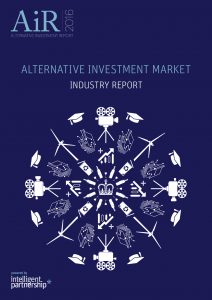
You can earn up to 4 hours of CPD from the CISI, CII, or PFS for reading this report.

You can earn up to 4 hours of CPD from the CISI, CII, or PFS for reading this report.
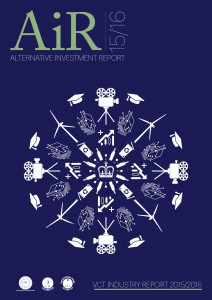
You can earn up to 4 hours of CPD from the CISI, CII, or PFS for reading this report.
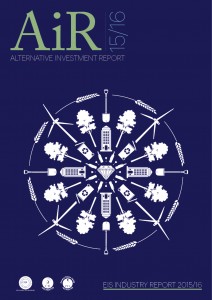
You can earn up to 4 hours of CPD from the CISI, CII, or PFS for reading this report.
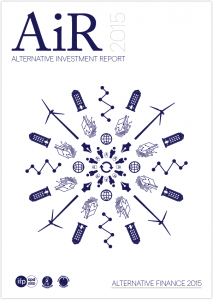
You can earn up to 4 hours of CPD from the CISI, CII, or PFS for reading this report.
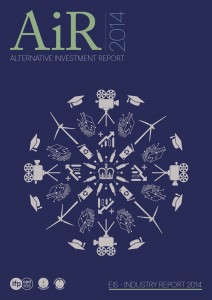
You can earn up to 4 hours of CPD from the CISI, CII, or PFS for reading this report.

You can earn up to 4 hours of CPD from the CISI, CII, or PFS for reading this report.
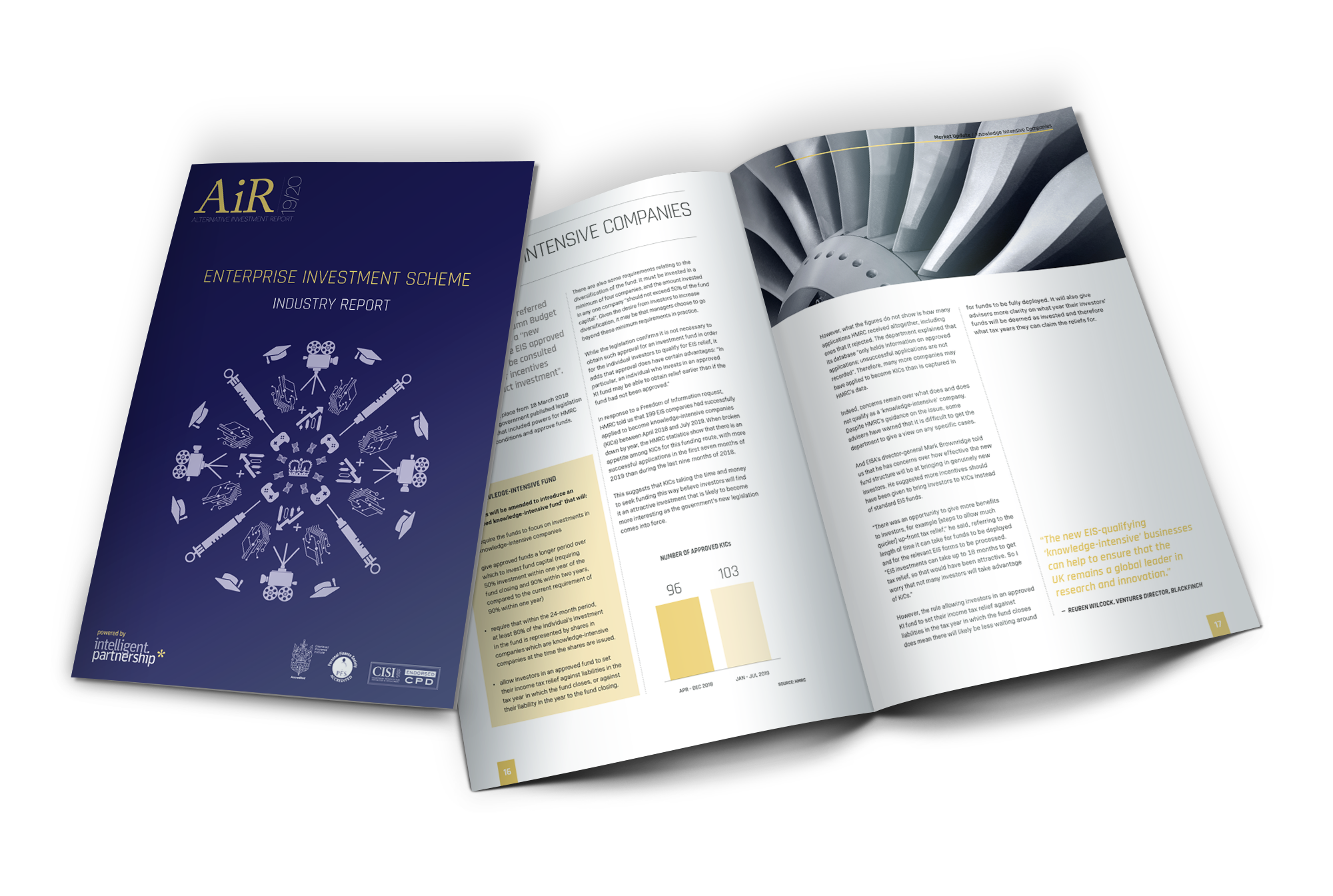
EIS Industry Report
The Enterprise Investment Scheme (EIS) has gone through a number of changes in recent years but continues to prove its resilience and importance to UK small businesses. With the recent risk to capital change taking it back to its roots, there is a high degree of optimism within the market that it will continue to flourish in the coming years.
Our sixth edition of the Enterprise Investment Scheme Industry Report reflects this positivity in the market, with our adviser survey, roundtable discussion and industry debate with the managers all suggesting that the market has been changed for the better and EIS will continue to grow.
Guides
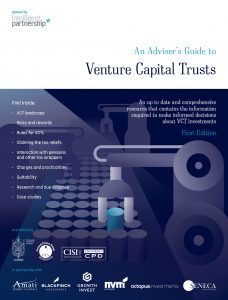
Venture Capital Trusts (VCTs) raised £731 million in 2018/19 – the second-highest amount since their inception, meaning they continue to be a vital source of tax-efficient investment into UK small businesses. With such strong interest, we believe the time is ripe to provide advisers with a clear and insightful explanation of the rules and operating structures surrounding VCTs.
Recent government changes mean that there is now a greater focus on higher-risk investments, and as interest in the market continues to rise, understanding VCTs is more important than ever.
This Guide takes a practical, impartial look at VCTs to give advisers and paraplanners the confidence to discuss the potential benefits and pitfalls of this market with their clients.
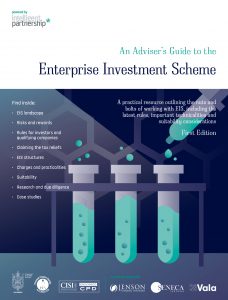
2019 marks the 25th anniversary of the Enterprise Investment Scheme (EIS), and a number of legislative changes over the past few years mean it is quite a different beast to when it started a quarter of a century ago. While its aim of utilising tax efficient investments to support small UK businesses remains undiminished, the rules around this have been given an overhaul.
We therefore think the time is right to provide an update on those changes and offer financial advisers and paraplanners the tools to confidently and successfully navigate this market for their clients.
This Guide offers an impartial look at the nuts and bolts of investing in the EIS, offering practical support for advisers considering this market for their clients.
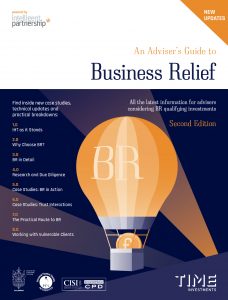
As the government’s IHT take continues to increase year on year, the importance of Business Relief (BR) as an estate planning method has certainly not diminished. The OTS’ second report in its review of IHT recognised the importance BR in supporting family-owned businesses, and growth investment. While it has recommended addressing some inconsistencies in the rules governing BR qualification, it has also suggested changes that would open more trades and structures to BR eligiblity.
This is a sector that offers advisers additional tools in their estate planning arsenal but it’s important to stay up to date with developments and create and leverage expertise to obtain the best client outcomes.
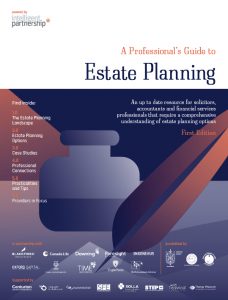
At a time when the Treasury’s IHT take is higher than ever, we feel it is an apt time to give professionals, who may meet clients on a weekly or daily basis, with estate planning needs, a greater insight into the options available as well as the opportunities for their business in this area. Regulators and clients now expect a proactive and holistic approach to legal and financial challenges and there is plenty of overlap in synergies when it comes to trusts, cash flow modelling, investment advice and later life issues such as equity release or long-term care planning between lawyers, accountants and financial advisers. With their combined knowledge bases, but separate expertise, it makes sense for them to work together to identify and fulfil all of the complimentary needs of each other’s clients.
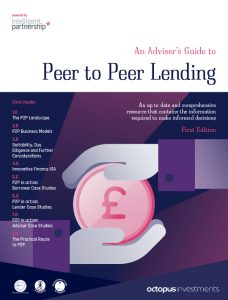
Peer to peer lending is a dynamic market that is much more mature than many give it credit for. It is fully regulated, home to significant institutional investment and provides excellent inflation-beating, fixed income diversification opportunities. But, it is a relatively new asset class with a range of platforms and operating models, not to mention regulations.
This guide is intended to help financial advisers and planners to get to grips with how P2P can fit into their service offering and what it can do for their clients.
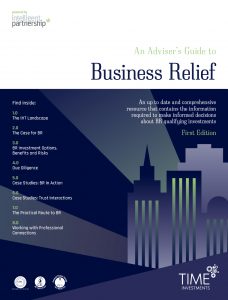
Business Relief (BR) has become an increasingly important IHT mitigant as financial planning for later life has become more and more complex. Recent HMRC research has revealed It’s application is “in keeping with policy objectives” and the Government, “is committed to protecting the important role that this tax relief plays in supporting family-owned businesses, and growth investment in the AIM and other growth markets”. While this is a sector in which adviser understanding and confidence can deliver substantial added value to clients, there are some tricky nuances and important developments to take into account, as well as the everyday nuts and bolts. Our guide is the first in a series that aims to give readers the technical knowledge and practical know-how to navigate the challenges of undertaking BR investment..
 VCT Guide
VCT Guide
With post-Brexit economic forecasts and an intensifying government concentration on IHT collection, it’s hard to foresee any dilution of IHT in its current format any time soon. In fact, IHT receipts are forecast to reach almost £6 billion in just three years.
Recommending an investment to mitigate IHT at a time of so much economic and political upheaval seems like a daunting task. The latest edition of our BR Industry Report suggests otherwise, with an adviser survey finding that less than 4% of advisers who recommend BR, view it as harder to recommend in the current Brexit turmoil. Almost all advisers also predicted their use of BR to increase or stay the same over the next two years, with the rest expecting it to stay the same.
AIM focused BR managers took a battering in Q4 2018 and the government is shouting from the rooftops about closing the tax gap amid increasing IHT investigations. It’s clearly not a time to go it alone. But, while there may be increased scrutiny of all estate planning, there is certainly plenty of scope for new opportunities for those with the relevant BR expertise. A need for tax-efficient vehicles to accept funds disallowed from pensions and indications of under-use of BR by lower value estates are good places to start.
Sector Reports

As with many of the investments we cover, the case for investing in debt based securities is compelling. They can provide yield and genuine diversification at a time when both are at a premium among conventional assets, with lower levels of volatility than equities. In many cases they are also a way for investors to directly fund businesses and projects that align with their personal values, such as renewable energy installations or social impact projects. However, many advisers are not familiar with debt based securities, and this report looks to address those concerns and give advisers the information they need to make an informed decision about debt based securities.

This sector is a UK success story, demand for content is high, investments return to cash quickly and there is genuine risk and return built into the model. Over 30% of specialist EIS or SEIS opportunities are in the Media and Entertainment sector. Advisers who are serious about using EIS need to understand this area in detail. However, negative headlines about tax avoidance schemes or perhaps a feeling that creative industries are too high risk have put many advisers off. This report addresses those concerns and gives advisers the information they need to make an informed decision about the sector
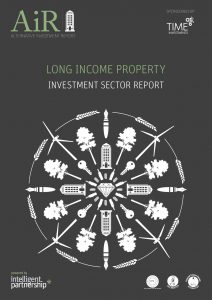
This report is CPD accredited by the CISI, CII, or PFS. You can claim 2 hours.
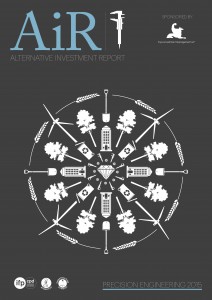
This report is CPD accredited by the CISI, CII, or PFS. You can claim 1 hour.
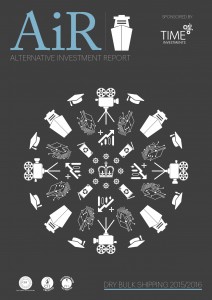
This report is CPD accredited by the CISI, CII, or PFS. You can claim 1 hour.

You can earn 1 hour of CPD from the CISI, CII, or PFS for reading this report.

This report is CPD accredited by the CISI, CII, or PFS. You can claim 1 hour.

You can earn up to 5 hours of CPD from the CISI, CII, or PFS for reading this report.
